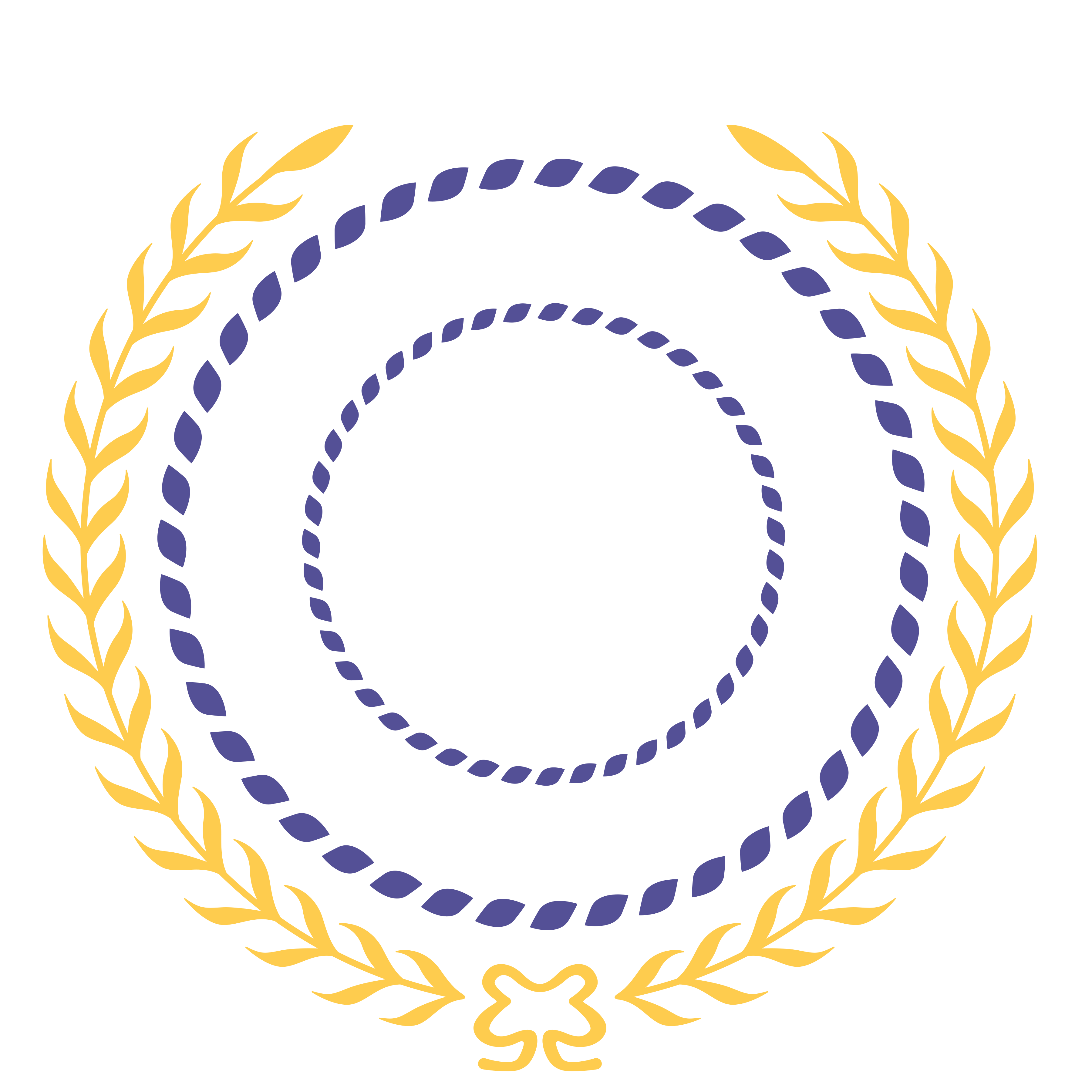Ancient History
The Naples area likely saw its first human habitation around 10 to 15 thousand years ago when paleo Indians came down the peninsula of Florida from the north. They wandered down a coast that may have been 100 miles west of today’s Naples shoreline when sea level much lower, the water locked up in Earth’s ice-age glaciers. Remnants of their encampments are now underwater in the Gulf of Mexico. The climate was much cooler then supporting Mammoths, Mastodons, sloths and Saber-toothed tigers who preyed on them. Hard to imagine! Sea level has come up over a hundred feet since then forcing the shoreline east to its current position on the Naples beach.
A thousand years ago the great Calusa Indian tribe ruled the Naples area. It was they who likely dug a canal from Naples Bay to the beach, just a few blocks north of where the pier is. The “Indian canal” was shown on the original 1887 plat of Naples and was studied by the Smithsonian Institute a decade earlier. That study led to the discovery of the famous Key Marco Cat years later on Marco Island. The Naples Indian Canal was filled in by early property owners and today lies under the streets, homes and businesses of Naples on a line across town and was recently relocated with ground penetrating radar by archaeologists.
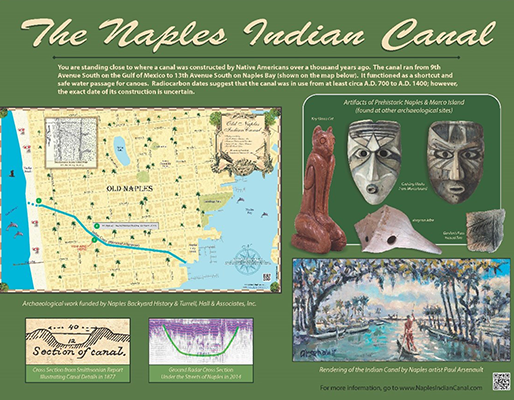
Early History
The Naples town plan laid out on the early plat was drafted when only a few settlers had impacted the area. Most of them moved here after the Civil War, fishing and farming to survive in a land where they hoped for a better future. Notable settlers included Joe Wiggins (Wiggins Pass) in the 1860s, Roger Gordon on the south side of “Gordon Pass” in the 1870s and the Weeks brothers on an Indian shell mound along the north side of Gordon Pass.
In the 1880s a confederate veteran and senator from Kentucky, General John S. Williams, sailed down the coast of southwest Florida with his associate Walter Haldeman, owner of the Louisville Courier Journal newspaper. The two were looking for land to develop and found a long stretch of beachfront with an inlet to the south and a lovely bay to the east. They had discovered what was to become Naples.
In 1887 the “Plan of Naples” was recorded in a Lee County plat book by the Naples Town Improvement Company, founded by Walter Haldeman and his partners. The company purchased 3,700 acres of land around Naples from Hamilton Disston (who had acquired 4 million acres from the State of Florida making him the largest landowner in American history). The land was bought from Disston by Haldeman’s group for $3 per acre. The name “Naples” was taken from Naples, Italy, which itself has a large and beautiful bay.

The first order of business for the Company was to provide access to the land. There were no roads at the time and it would be over 40 years before the Tamiami Trail opened in 1928, connecting Naples to Miami. The first access to the new town would have to come from the sea, in the form of a pier.
The first Naples Pier opened in 1888 and was immediately the town’s life blood, serving early residents and visitors alike. The old Naples Hotel was constructed to line up with the pier on the beach. Guest luggage was hauled from the pier to the hotel on steel rails by a small rail cart. The first pier was 600 feet long with a “T” at the end, built by contractors from Ft Myers. The length of the pier was driven by the need to reach deeper water so larger vessels could moor and deliver goods and passengers.
Getting to Naples from the northern states was difficult in the 1800s, requiring a boat trip from Punta Gorda where the railroad ended. In 1904 the rails reached Ft. Myers at which point guests could board vessels on the Caloosahatchee River and at Punta Rassa, where the Sanibel Causeway starts today. Punta Rassa was where cows were shipped to Cuba in the 1800s by “crackers” who would ‘crack the whip’ to herd the feral descendants of Spanish cattle out of the wild Florida wilderness. The cows had proliferated on the prairies of Florida since the 1600s when Spain founded St Augustine. The money they provided when sold by the crackers helped put central and south Florida on the map in America.

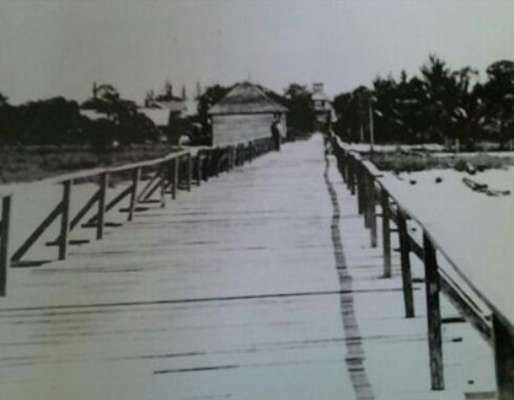
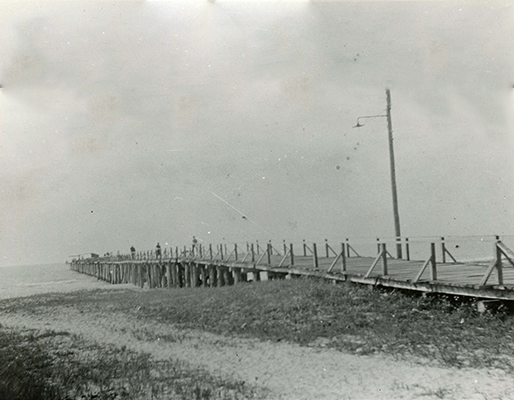
Naples grew over time as seasonal residents started to build private homes and invited their friends to visit. People would gather on the pier where parties were held, and beautiful sunsets were enjoyed. You could play on the beach or fish off the pier, while more adventurous sportsman would hire boats to go fishing in the Everglades or hunt wild turkey, ducks, deer and wild boar on over a million acres of uninhabited forest, swamp and prairies inland. Naples proved to be a success due to its natural assets and warm winter climate. The pier remained a centerpiece for social events while also serving as the landing & departure point for visitors into the early 1900s.
From its earliest days the pier was destroyed repeatedly by hurricanes and decay, just like all the other piers around Florida and up the eastern seaboard of the U.S. The early piers were built with wood pilings which were not only vulnerable to storms but also to wood boring organisms that live in the Gulf of Mexico (Shipworms). Pier pilings might only last ten years or so before needing replacement, even if there wasn’t a hurricane.
In 1960 when Hurricane Donna destroyed Naples’ pier the Norris family from St Charles, Illinois stepped in with funds to rebuild it. Led by Lester and Dellora Norris, the family introduced the pier’s iconic Polynesian roof lines. They helped again in the 1970s but their donation was conditioned on the pier remaining open to the public for free. Instead of a storm in the 70s it was shipworms which had destroyed the pilings. Lester Norris insisted the Polynesian roof lines remain, something that differentiates Naples from other piers around Florida to this day. In 1995 another Norris family contribution was made to the pier, this time led by Norris’s daughter Lavern Gaynor. Mrs. Gaynor, along with her husband George, fought again for the Polynesian style her parents so loved and to keep it “Free” for the public. The Norris – Gaynor contributions to the Naples area were many including Del-nor Wiggins Pass State Park, Norris Center in Cambier Park, the original Pavilion at Lowdermilk Park and many educational programs.
Hurricane & Historical Repairs
• Hurricane of 1910 – First major rebuild. The pier’s length increased by 400ft, now standing at 1000ft, a derrick was added, and the design was altered to be “L-shaped” instead of the original “T” shape from 1888. Completed in 1912.
• Hurricane of 1944 – Second major rebuild. The pier’s length increased an additional 100ft, the depth increased from 18 to 22ft. Completed in two months.
• Hurricane of 1945 – Third major rebuild. The length of the pier was increased and returned to the original 1000ft length from 1910. Completed within the same year.
• Hurricane Donna 1960 – Fourth major rebuild, Lester and Dellora Norris donated the majority of funds to have it rebuilt (first $70,000 later $100,000 once construction costs increased) on the condition it remains free for public use. This rebuild marks the first time the pier is built in the Tahitian Style with Polynesian rooflines and the usage of strong, rot-resistant “greenheart” pilings. Other changes include a slightly increased length, fish cleaning stations in the middle, and restrooms at the landward end. Completed in 10 months with a dedication ceremony on July 4th of 1961.
• Hurricane Irma 2017 – First major hurricane-related repair. Construction begins on July 9th of the following year. New additions include a redesigned and rebuilt seaward half of the pier and the replacement of bolts and wooden decking boards. Completed on July 29th of 2018, six weeks ahead of schedule.
• Hurricane Ian 2022 – Fifth major rebuild. While there will be many new additions, such as stronger concrete pilings, increased elevation, and educational exhibits, the architectural style will remain the same (Tahitian with Polynesian roof lines). A projected completion date is predicted between early to mid-2025.
Hurricane Ian impacted Naples on September 28th of 2022. It was the strongest storm to hit Naples since Hurricane Donna with a storm surge of appx 8 feet that damaged or destroyed countless homes in Naples (Ft Myers and Sanibel/Captiva to the north experienced a surge of appx 12 to 15 feet). Homes on the coast of Naples were inundated with seawater, sand and silt. The vehicles parked beneath those structures were totaled. Damage to communities north of Naples was far worse.
Ian knocked the end of the pier off into the Gulf of Mexico when the structure was impacted by an intense current from south to north along the beach while being hit by waves riding the storm surge. Few things that are man-made can endure the impact of waves, wind is one thing but waves are another. A small wave might knock you over at the beach, but a large wave riding a 10 foot storm surge can knock your old house down and send your car swimming in the neighbor’s yard.
While most of the pier nearest to shore remained after Ian, many of the pilings were cracked adding to those which had already been repaired after Hurricane Irma a few years earlier. It was time for a new pier.
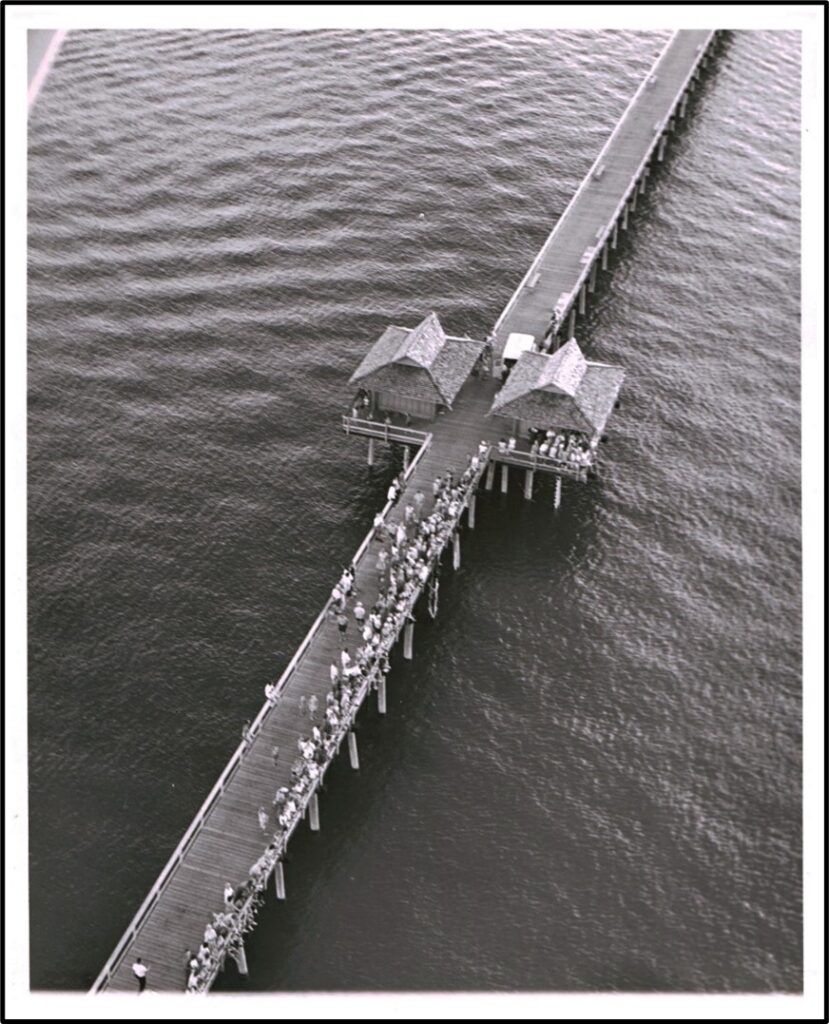
Currently a group of engineers, architects and scientists are finishing the intensive design process for a new and improved Naples pier. The structure will be more resilient to future hurricanes by being built three feet higher and much stronger. The upper wooden portion of the new pier is being designed to break-away if waves from another storm get that high. The concrete piles and beams underneath the wood portions are designed to endure, even while being under water with waves breaking during a storm. This will allow the deck and structures above the concrete to be rebuilt much quicker.
The new pier will be going to bid later this year and the Turrell, Hall – MHK team will help the City select a qualified marine contractor. Construction should start later this winter and the pier will hopefully open in late 2024 or early 2025 during tourist season. Features will include retention of the former concession area at mid pier along with enhanced areas for shade there and at the pier’s end. A NOAA tide gauge will be reinstalled, and pier marine life educational exhibits are being planned. It’s also possible an underwater camera will be installed to show a view of fish and other marine creatures that live under the pier. If accomplished, this feature will complement the existing Naples Pier-cam: https://naplespanorama.org/
Even though the new pier will be more resilient, we need to remember the sea is a formidable foe to human enterprise and there will never be a “forever” man-made structure in the ocean. Everyone should consider what mother nature can bring our way in the future while designing new homes and structures, like the pier, along our coast.
